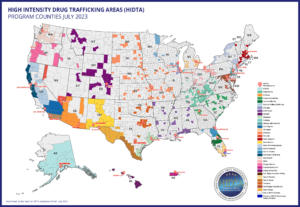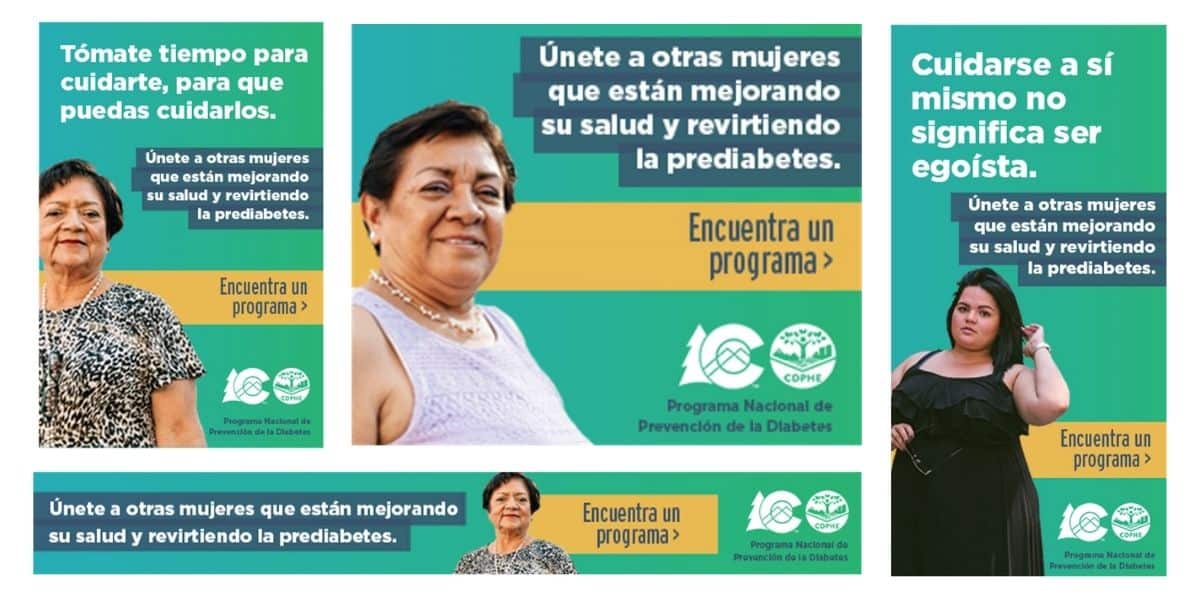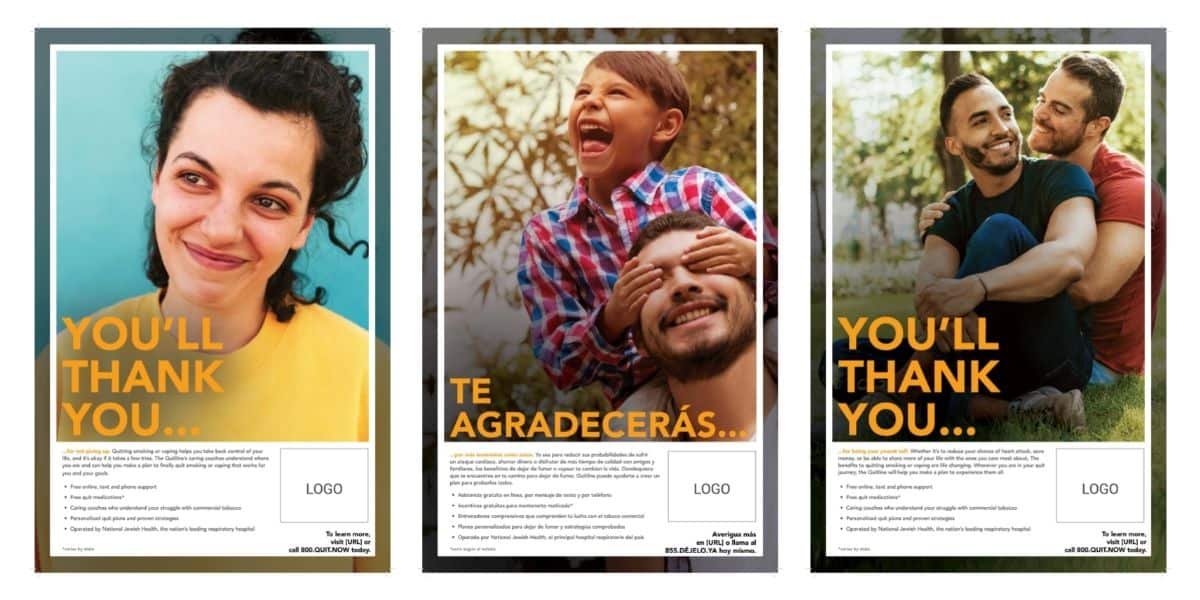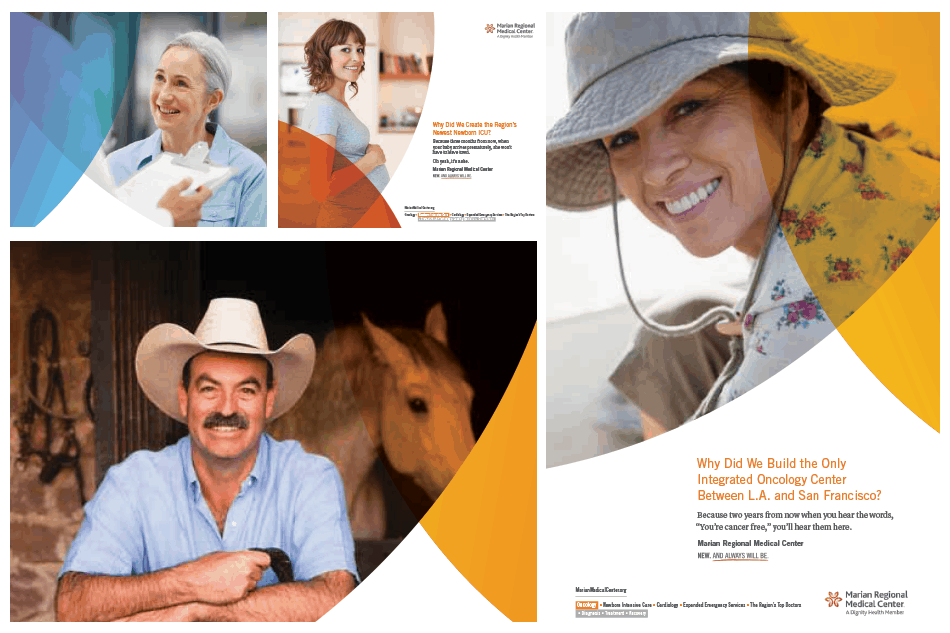A national youth prevention summit organized by the National High-Intensity Drug Trafficking Areas (HIDTA) Program in October highlighted Colorado’s new youth fentanyl prevention campaign, which uses the power of positive social norms to limit pill misuse by adolescents.
The National HIDTA Program, which was created by Congress with the Anti-Drug Abuse Act of 1988, works to disrupt and dismantle the market for illegal drugs in the United States. ADAPT serves the unique needs of the HIDTA region across the Nation in advancing substance use prevention by providing technical assistance for substance use prevention.

ADAPT organized the 2023 HIDTA Prevention Summit, which addressed complex prevention issues of today with a focus on integrating activities focused on current and emerging substances into a comprehensive strategy. Two important tools were released to support communities in developing a comprehensive community-based prevention plan and sharing substance-related information with youth while preventing unintended harm. More than 1,100 people from across the nation attended.
To inform the campaign, the Colorado Attorney General’s Office turned to ADAPT early on for guidance on the science around effective communication strategies for substance use prevention and that sparked further exploration of the social norms intervention.
Eric Anderson and Brandon Zelasko, principals at SE2, the behavior change marketing agency chosen to create and implement the campaign, described the research that led to the campaign. That included surveys of youth and parents, focus groups and engagement with youth organizations like Rise Above Colorado, which served as a partner in the campaign.
“It started to become clear that fear-based campaigns were not the right approach for our work here in Colorado. Social norming emerged as a promising approach to opioid prevention,” Zelasko said.
The science of social norms shows that humans are influenced by peer norms. While perceived norms are one of the strongest predictors of behavior, youth overestimate how many of their peers use substances, and underestimate how many would act to protect themselves or others.
Colorado surveys of youth supported that. Anderson said: “We found that youth overwhelmingly make healthy choices not just related to pills, but much more broadly in terms of the various choices they make to support their health. But at the same time, and our partner Rise Above Colorado talks about this, they overestimate the percentage of their peers who make unhealthy choices.”
At the same time, Anderson noted, it was clear that the campaign could not perpetuate stigma, which can result in risky behaviors like using substances alone while also creating barriers to treatment. “We do believe that you can reduce stigma and promote social norms by taking a carefully crafted approach and walking the line between those two strategies,” Anderson added.

The campaign also leveraged the proven value of connection – both peer-to-peer and youth-to-parent – as a powerful upstream protective factor.
The result is the Connect Effect campaign (ConnectEffectCO.org). It highlights, among other statistics, that 87% of Colorado teens would act to protect their friends from pills that could contain fentanyl. It also includes facts about fentanyl’s risks, interactive quizzes, tips to promote connection and conversation, and information about naloxone, which can reverse opioid overdoses.
The campaign includes videos promoted on TikTok and Instagram, digital display ads, and collaboration with community organizations to extend its reach through trusted nonprofits.
The Colorado Attorney General’s Office is eager to share the campaign with organizations that want to use the framework in their communities.
Recordings of the full summit, including the presentation on the Colorado campaign and related materials, can be accessed at ADAPT’s website.





